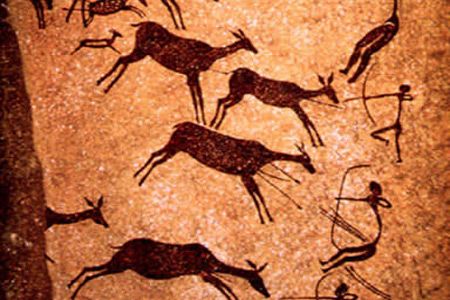The relationship between humans and apex predators has evolved significantly over millennia. Once considered adversaries, humans and these top predators now share ecosystems in a more balanced and respectful manner. This journey of coexistence is a testament to the power of adaptation, education, and conservation. Here’s a look at how humans have managed to coexist with apex predators.
1. Early Coexistence and Conflict
In ancient times, humans and apex predators often competed for the same resources. Early humans, armed with primitive tools and hunting strategies, had to be vigilant against predators such as lions, wolves, and bears. Over time, early societies developed methods to protect themselves and their livestock, leading to a cautious coexistence.
2. Cultural Reverence and Myths
As human societies advanced, many cultures began to revere apex predators, incorporating them into myths, folklore, and religious practices. For example, Native American tribes often viewed wolves as symbols of strength and loyalty, while ancient Egyptians worshipped lions and other big cats. This cultural reverence fostered a deeper respect for these animals and emphasized the importance of living in harmony with them.
3. Scientific Understanding and Conservation Efforts
The advent of scientific research in the 19th and 20th centuries brought a deeper understanding of apex predators and their ecological roles. Studies revealed the crucial role these predators play in maintaining the balance of ecosystems. This knowledge spurred the development of conservation efforts aimed at protecting these species and their habitats. Organizations such as the World Wildlife Fund (WWF) and national parks worldwide have been instrumental in these conservation initiatives.
4. Education and Community Engagement
Education has been a cornerstone of fostering coexistence with apex predators. Schools, community programs, and media have played a significant role in educating the public about the importance of these animals. By raising awareness about the ecological benefits of apex predators, communities have become more willing to coexist with them and support conservation efforts.
5. Innovative Solutions to Reduce Conflicts
Modern technology and innovative solutions have helped reduce human-wildlife conflicts. For example, ranchers and farmers use electric fencing, livestock guardian animals, and noise-making devices to protect their livestock from predators. In marine environments, shark deterrent technologies and designated swimming areas have minimized shark-human interactions. These solutions have allowed humans and apex predators to share space more safely and effectively.
6. Legal Protections and Policies
Many countries have enacted legal protections for apex predators to ensure their survival. Laws and regulations that prohibit hunting, trading, and habitat destruction have been crucial in safeguarding these species. Additionally, wildlife protection policies have promoted the establishment of protected areas, such as national parks and wildlife reserves, where apex predators can thrive without human interference.
7. Ecotourism and Economic Incentives
Ecotourism has provided economic incentives for local communities to protect apex predators. By promoting responsible wildlife tourism, communities benefit financially from the presence of these animals. This has led to a shift in perception, where apex predators are seen as valuable assets rather than threats. Ecotourism also raises awareness and appreciation for these animals among visitors.
Conclusion
The journey of humans coexisting with apex predators is a remarkable story of adaptation, education, and conservation. By understanding the critical role these animals play in ecosystems and taking proactive measures to reduce conflicts, humans have managed to create a more balanced and respectful relationship with apex predators. This ongoing effort not only ensures the survival of these magnificent creatures but also promotes a healthier and more sustainable environment for all, it is not just how humans managed to coexist with apex predators, it is also how we managed to adapt and understand human limitations and grow based on them.

